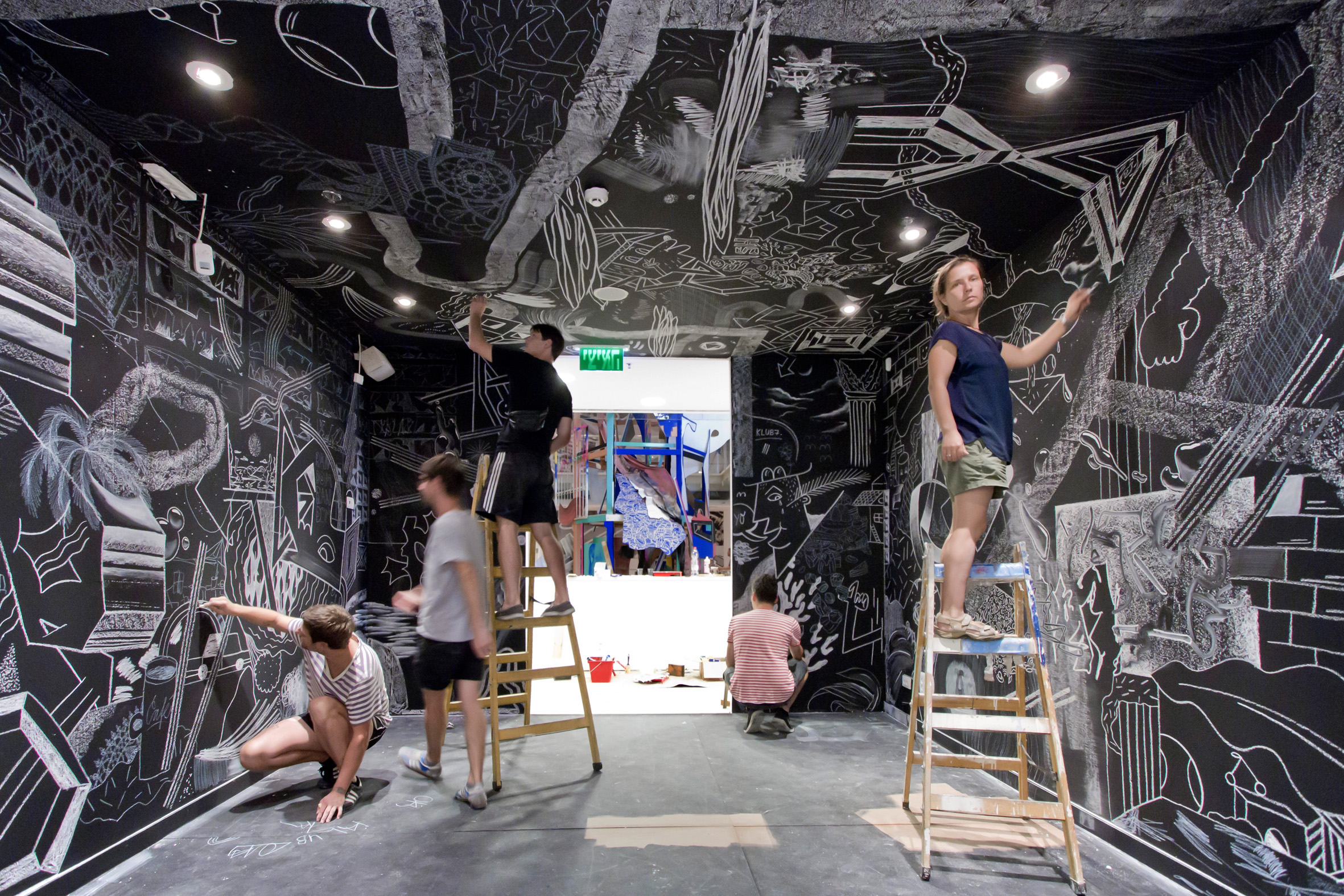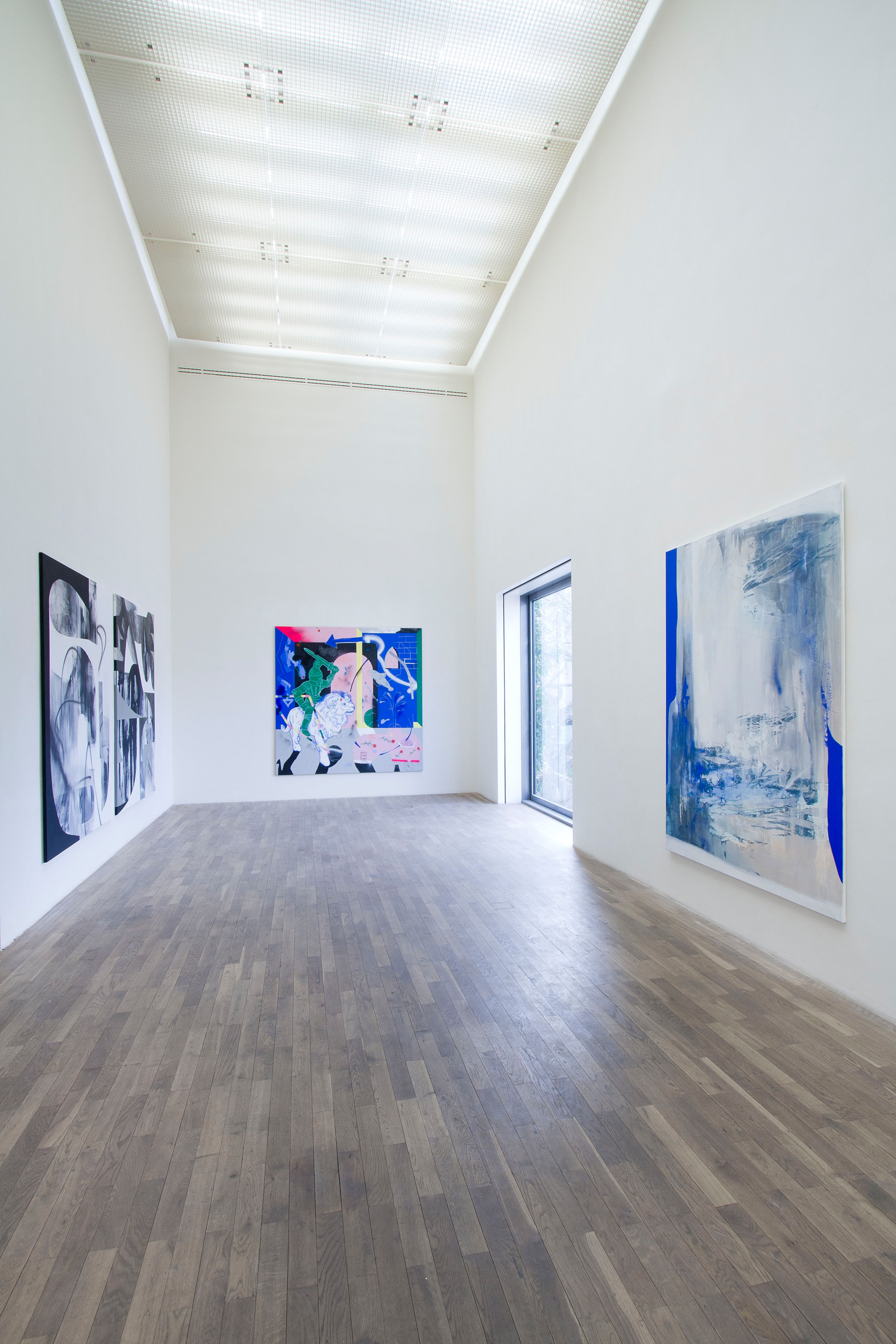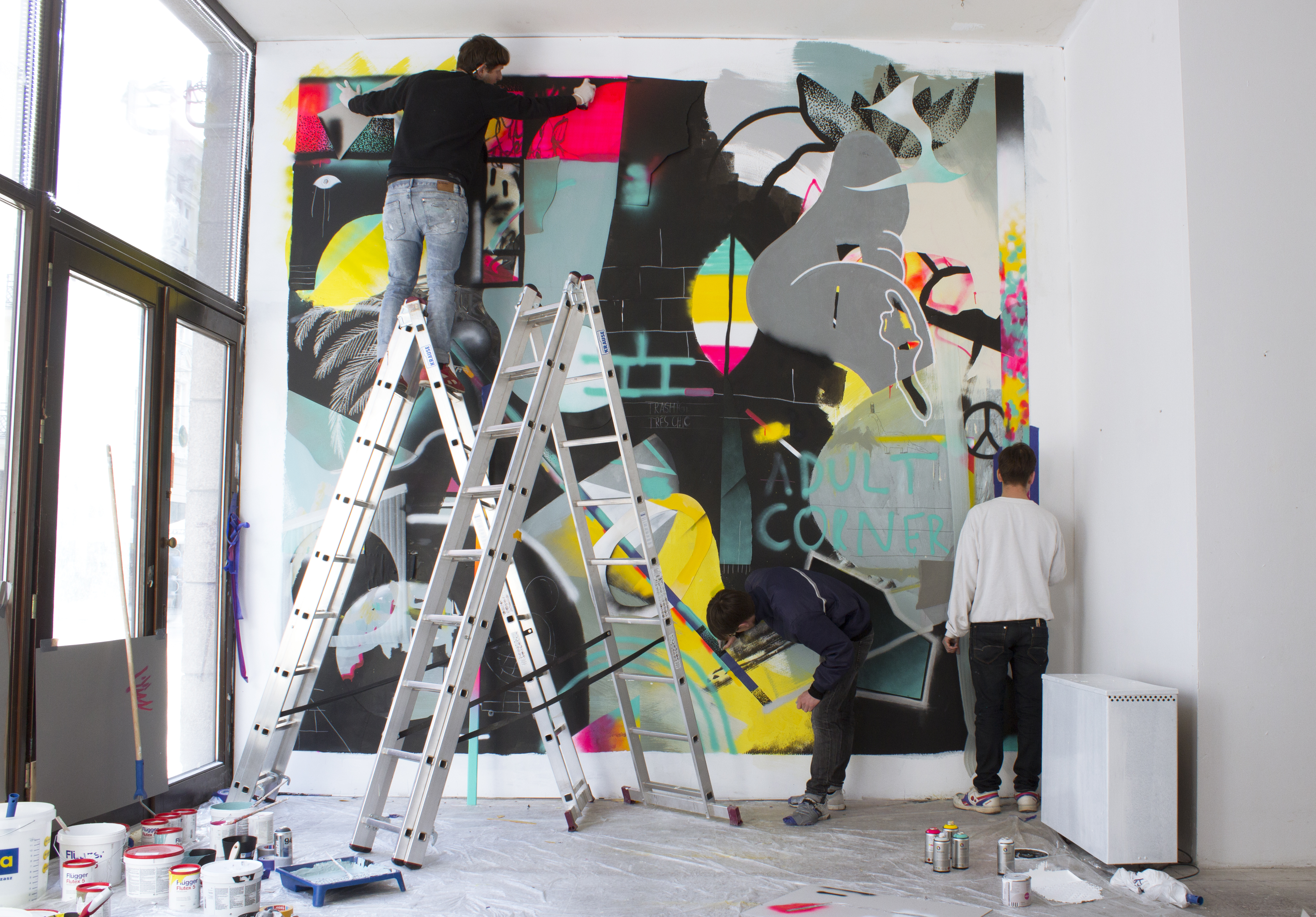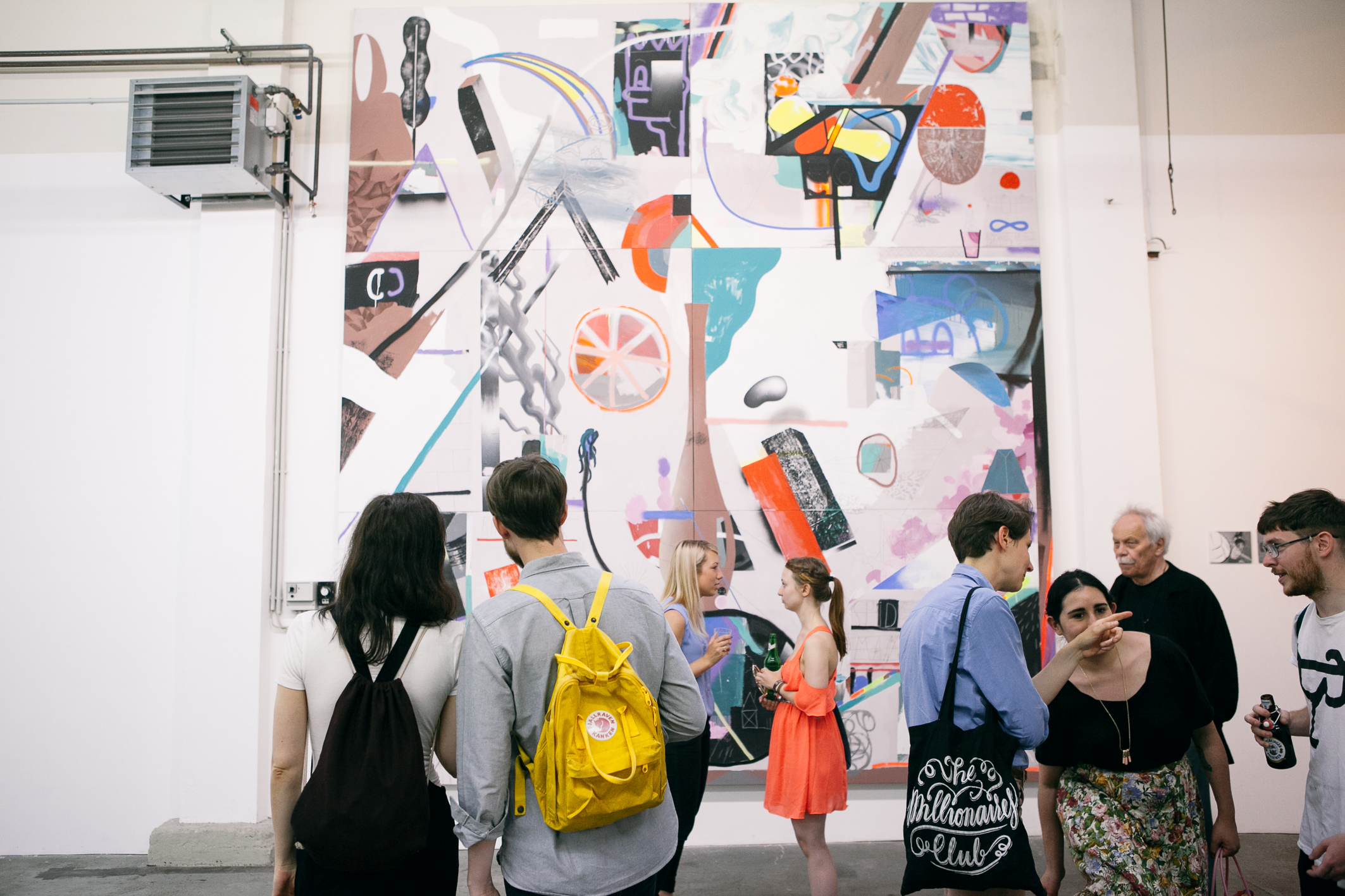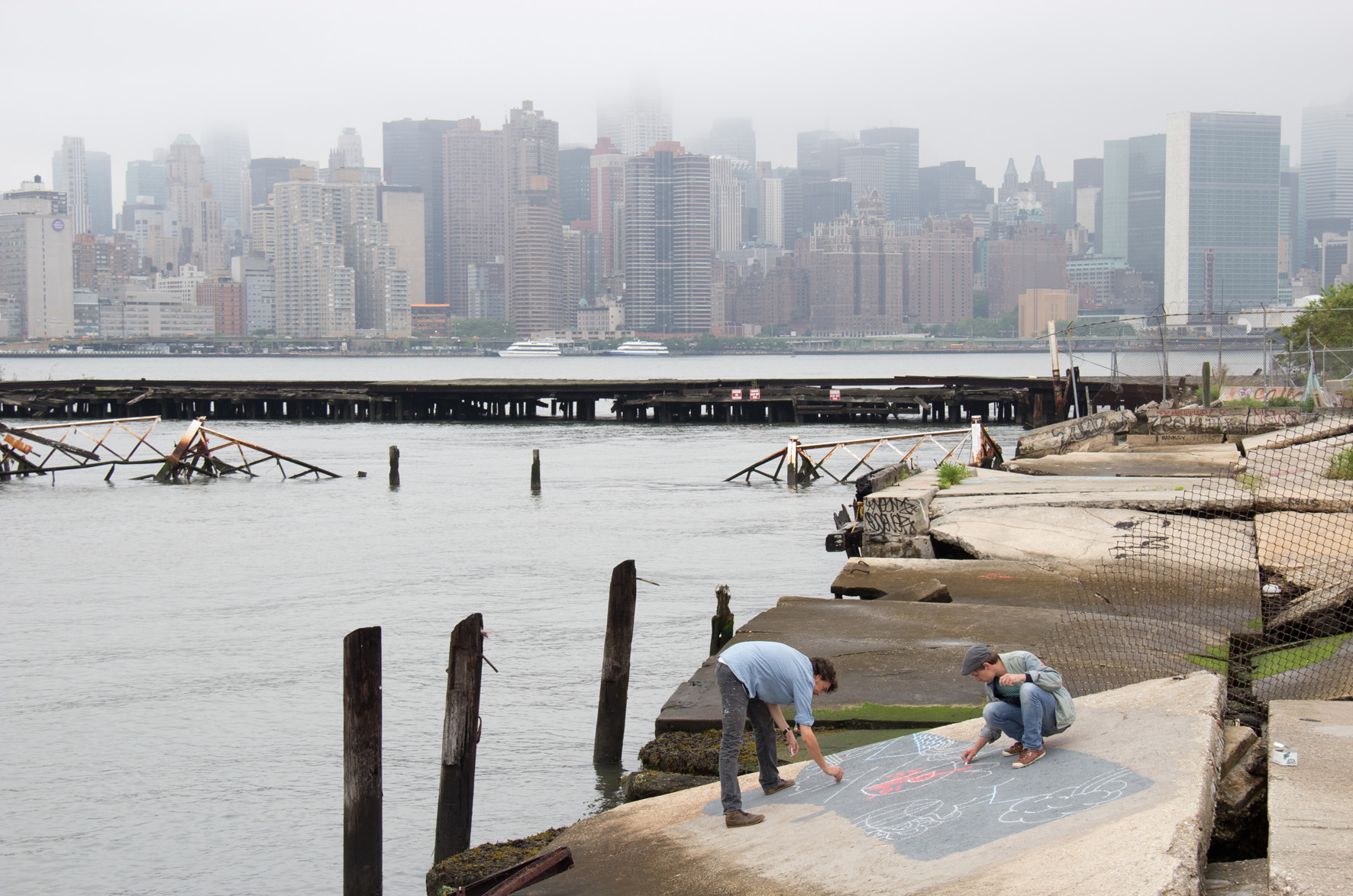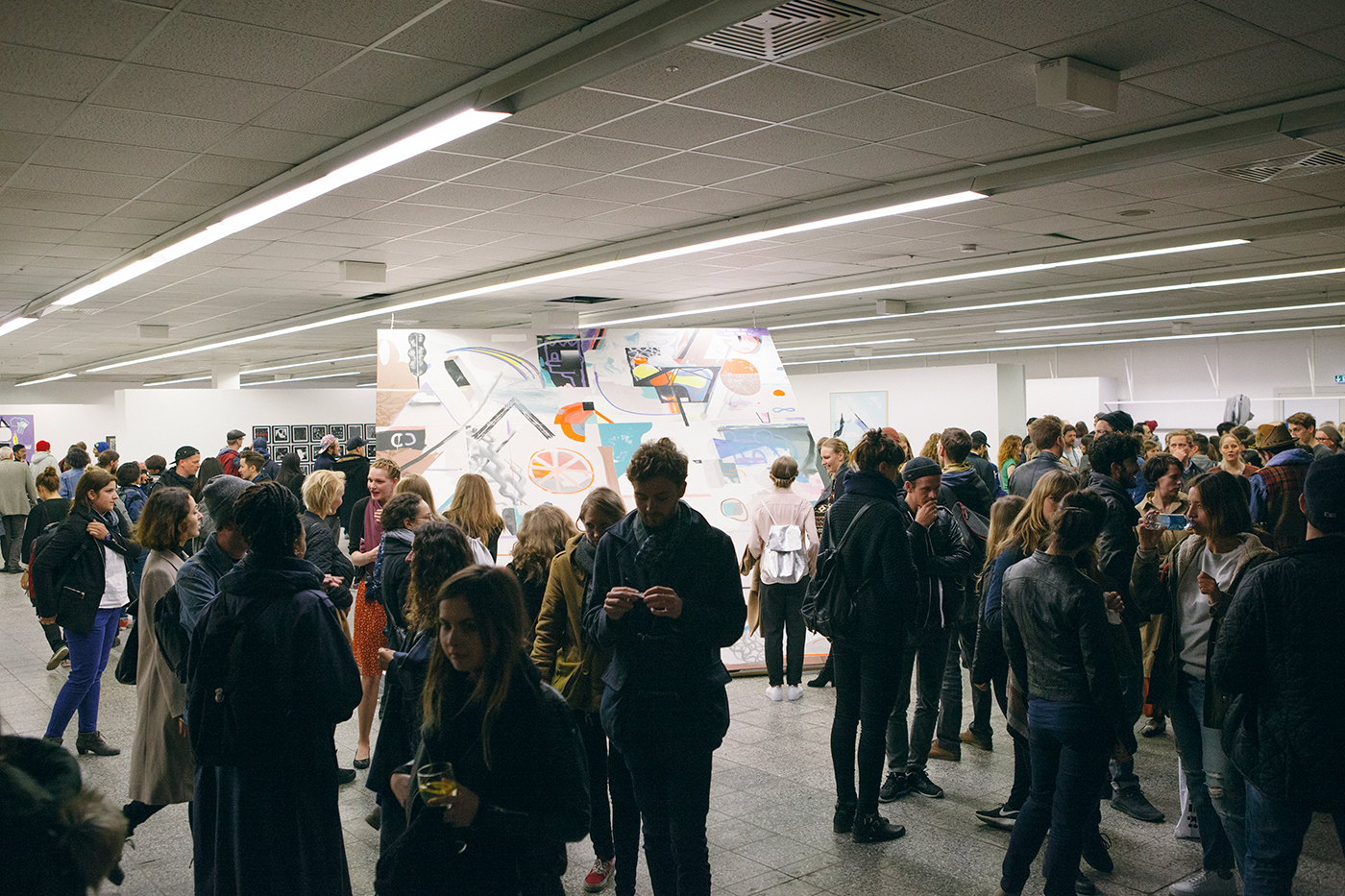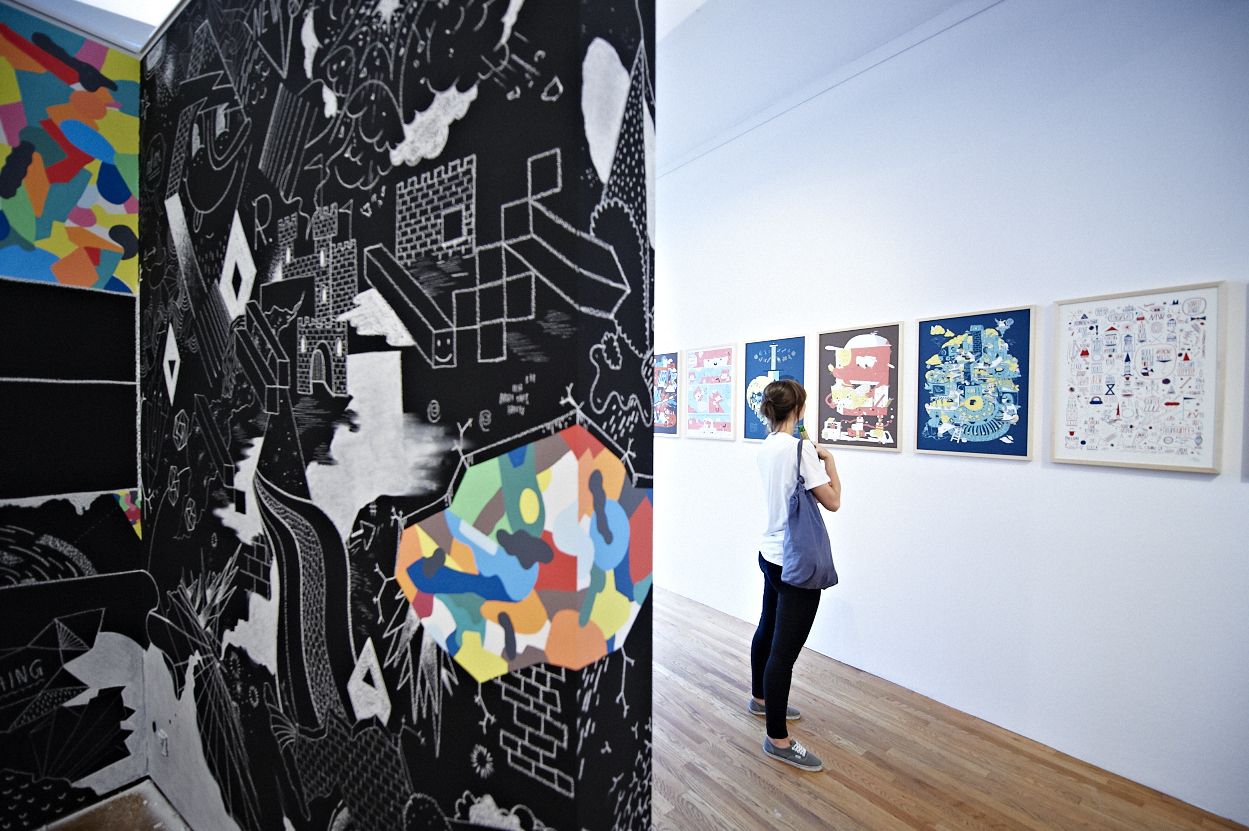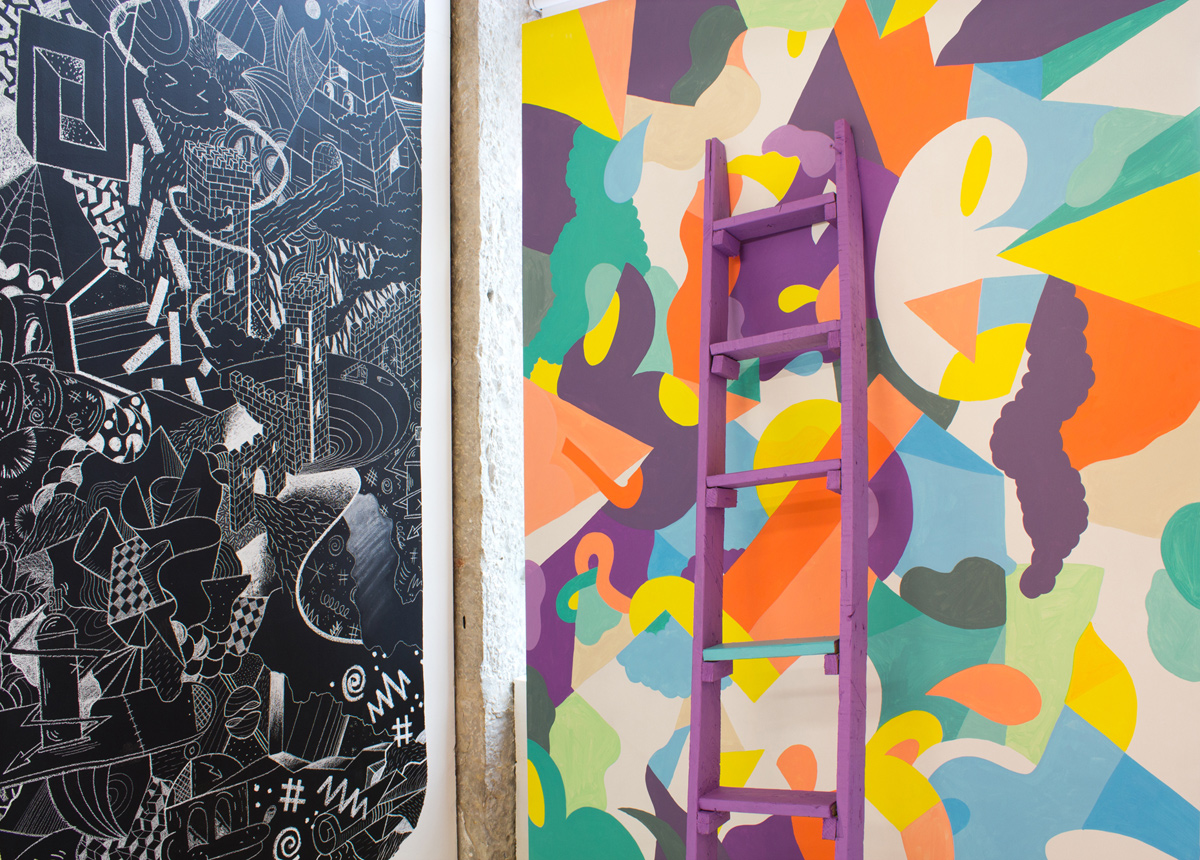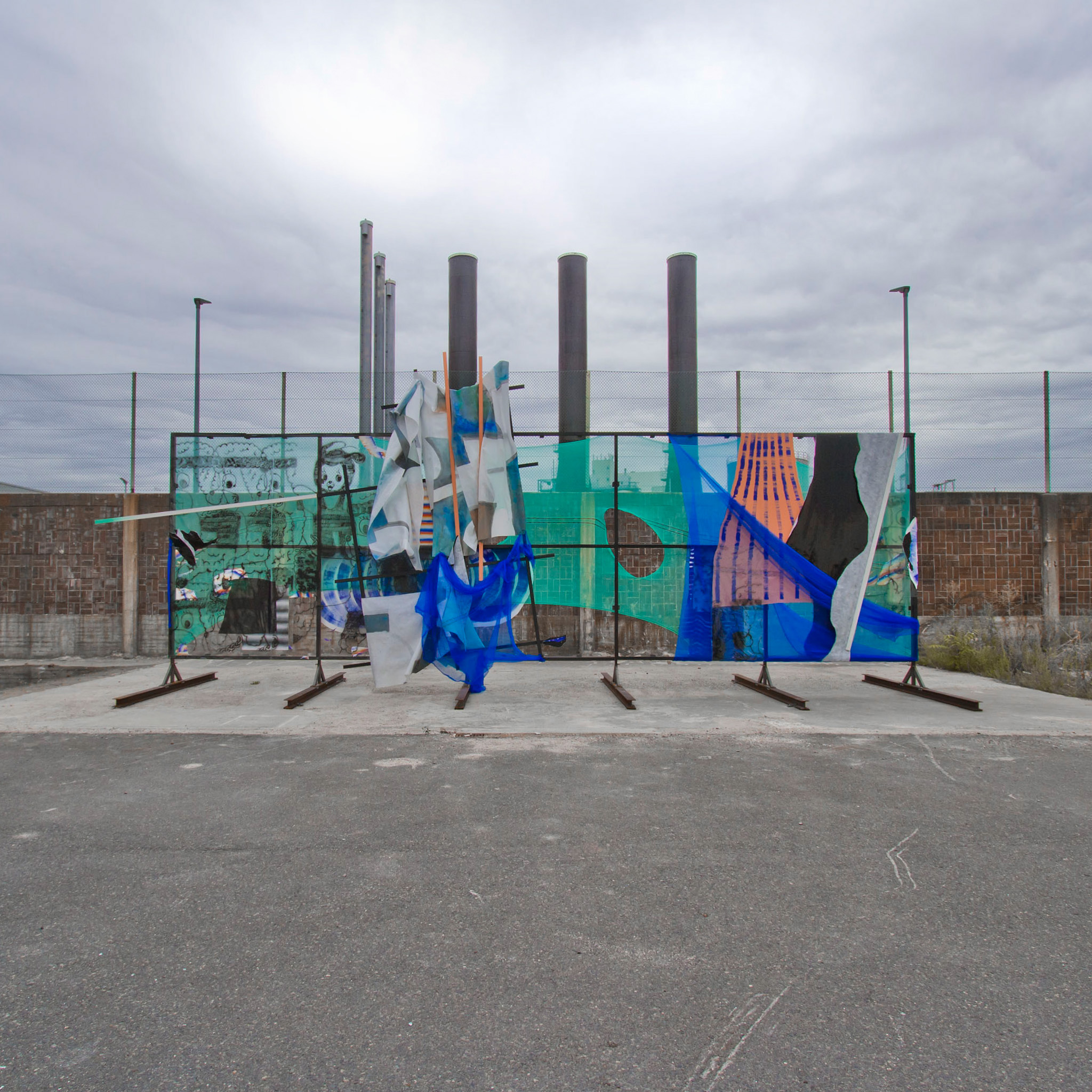RANDOM BEAUTIES – exhibition
Beit HaʼIr Museum, Tel Aviv, Israel, 2017
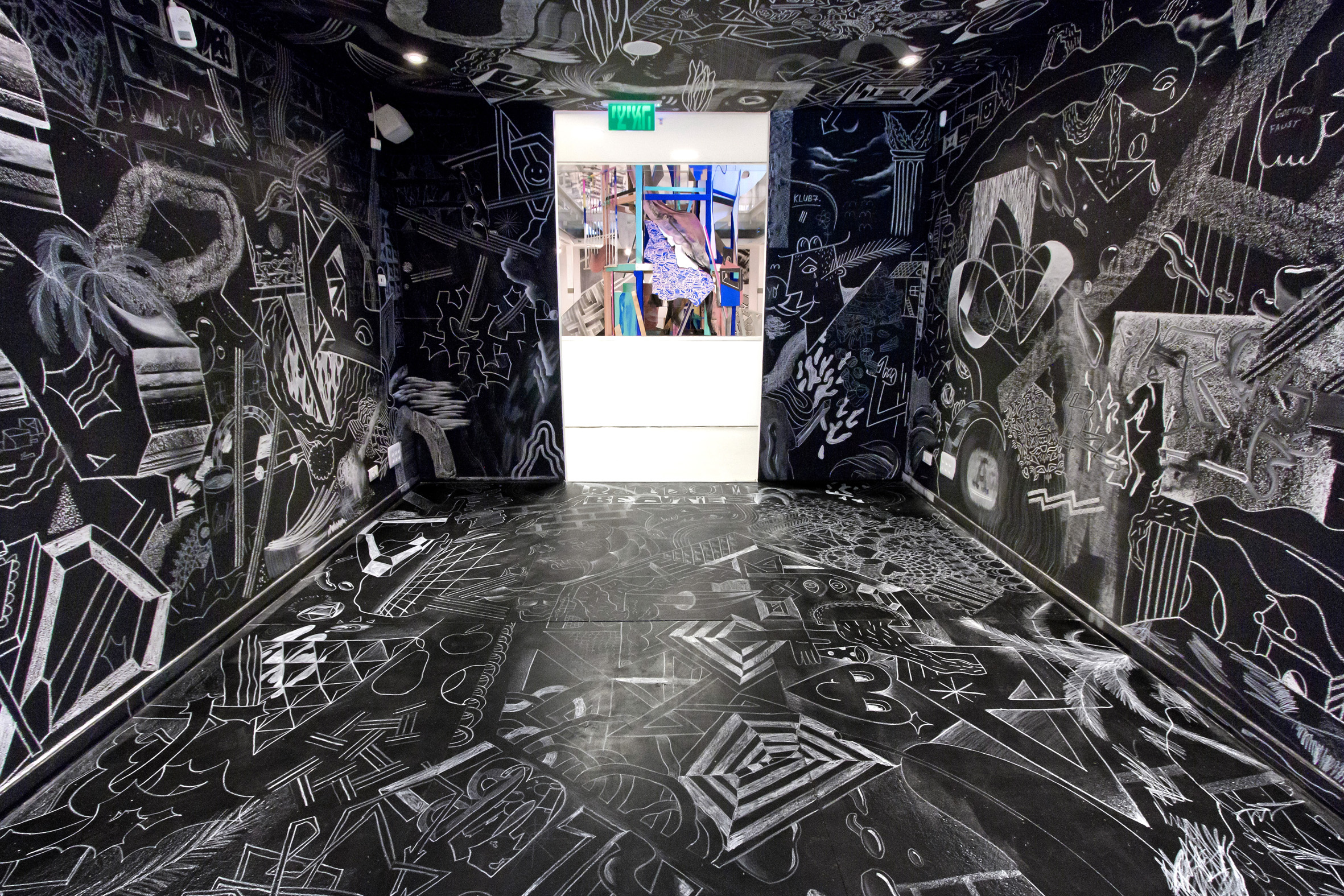
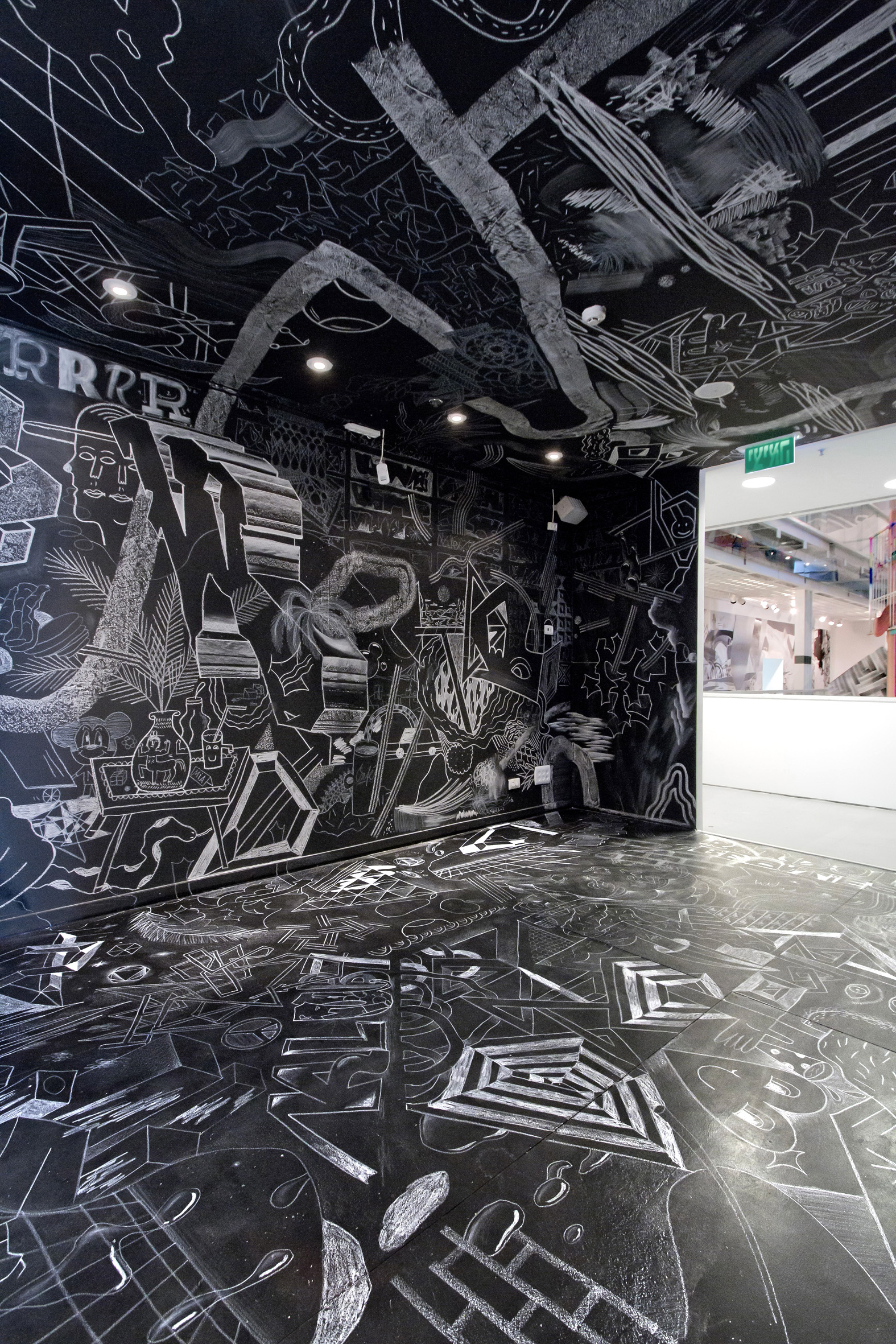
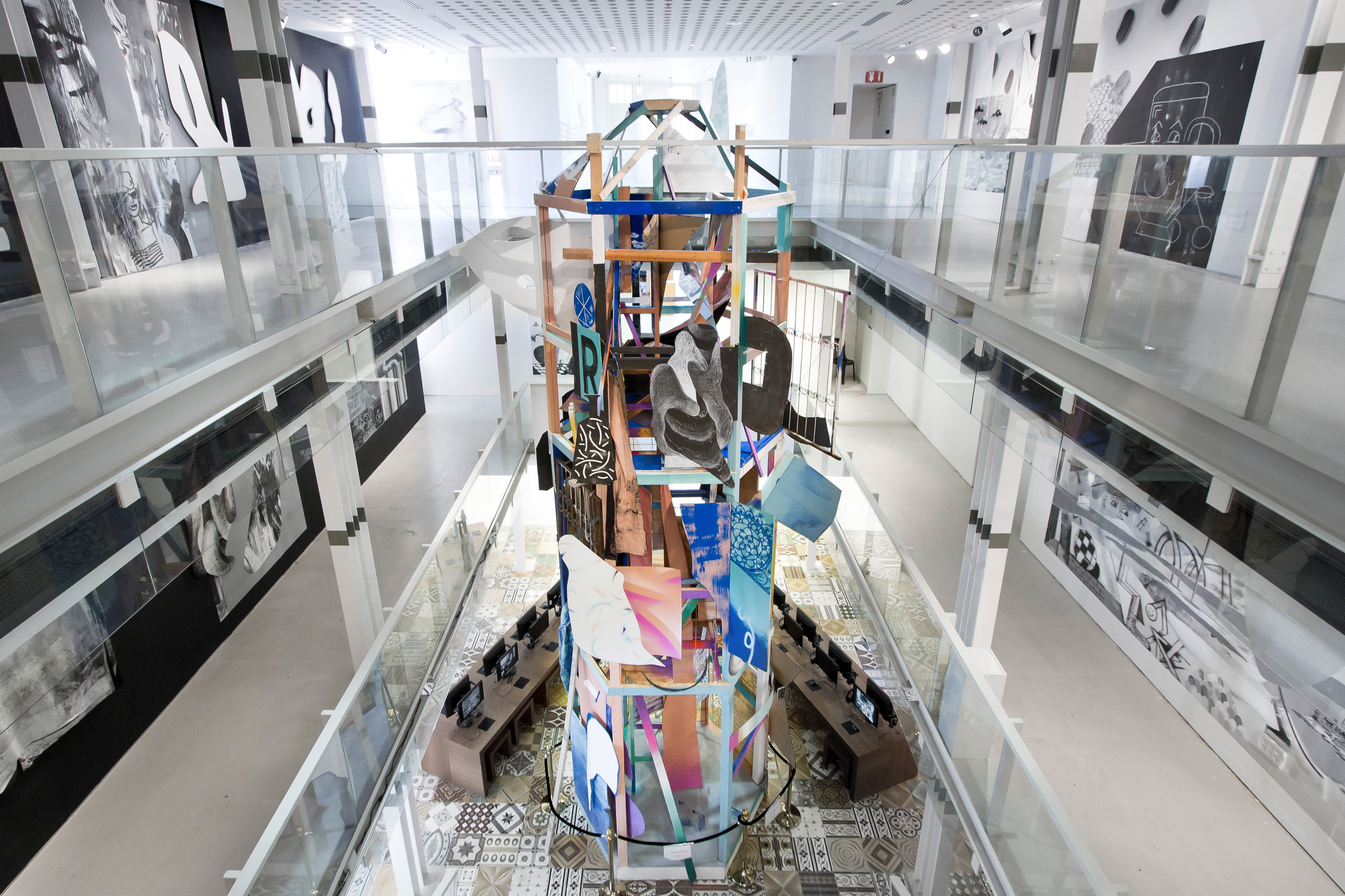
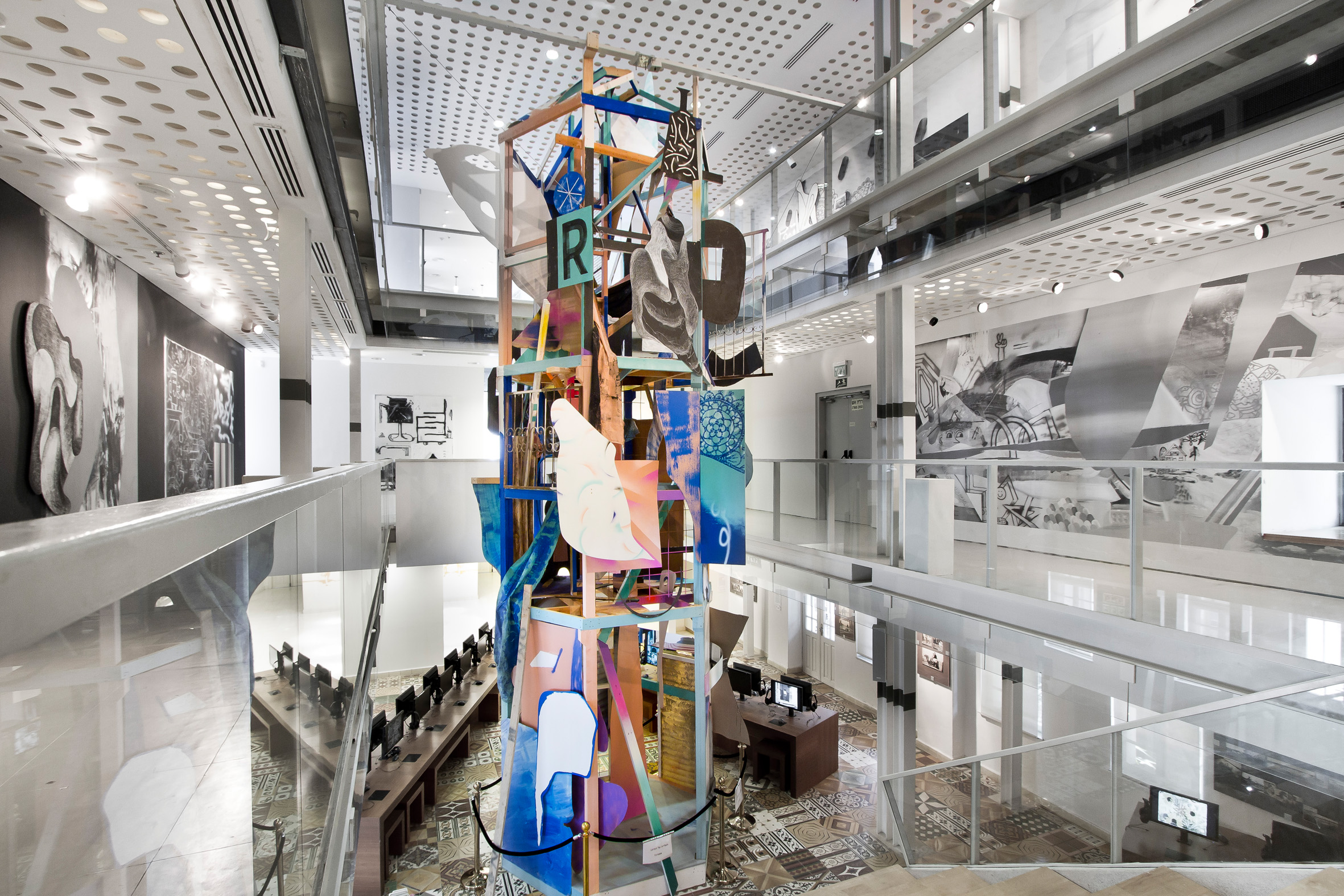
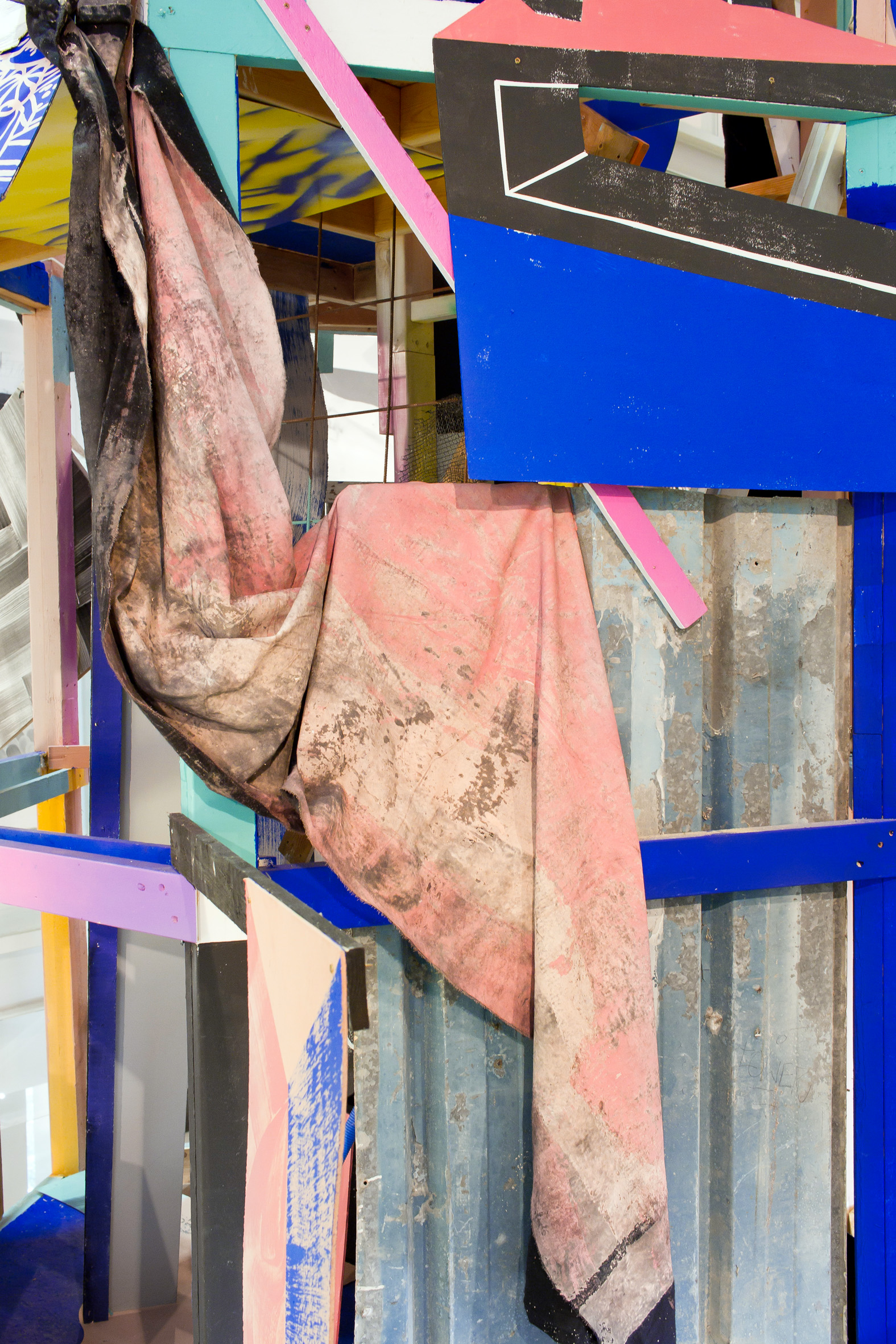
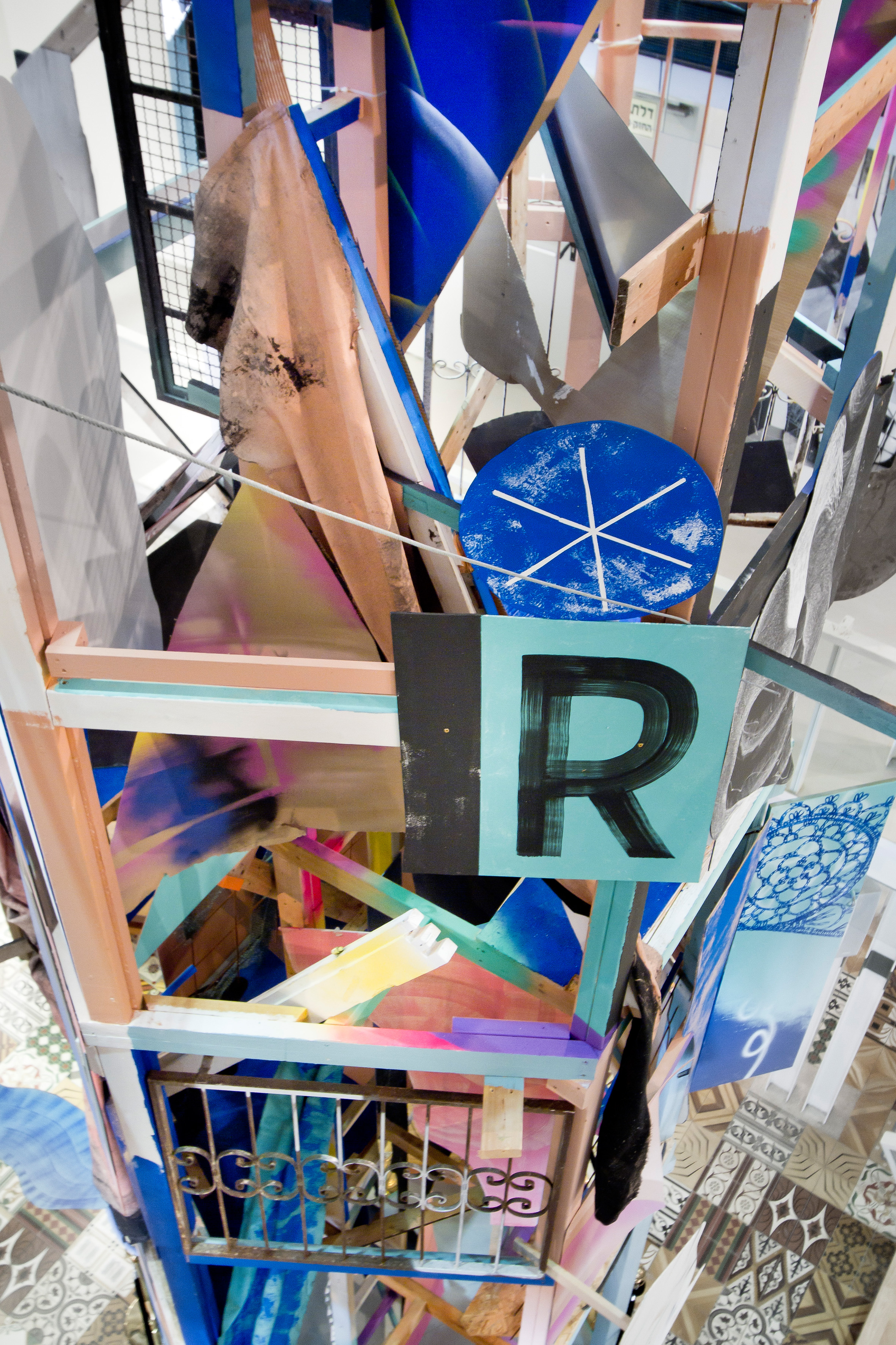

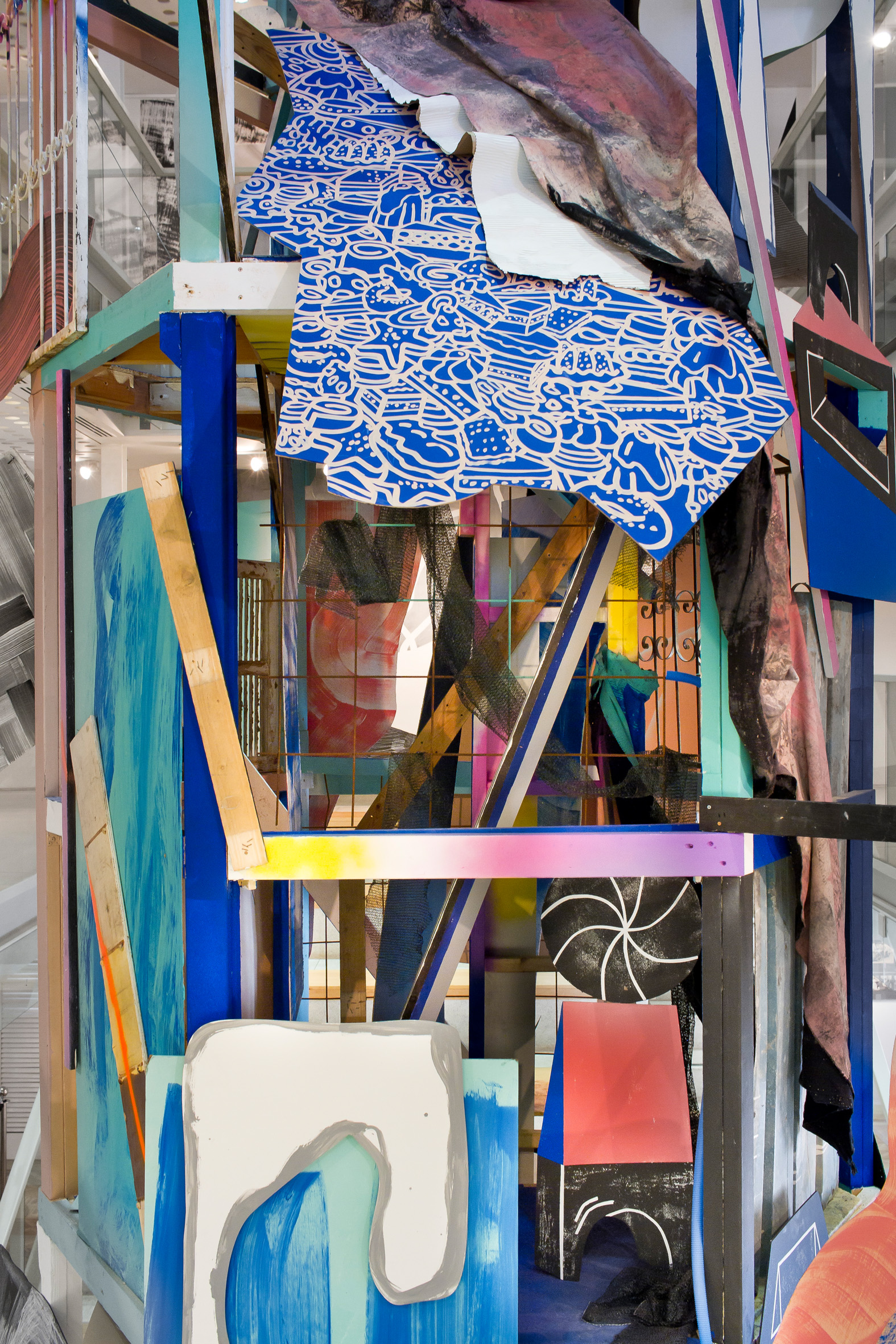
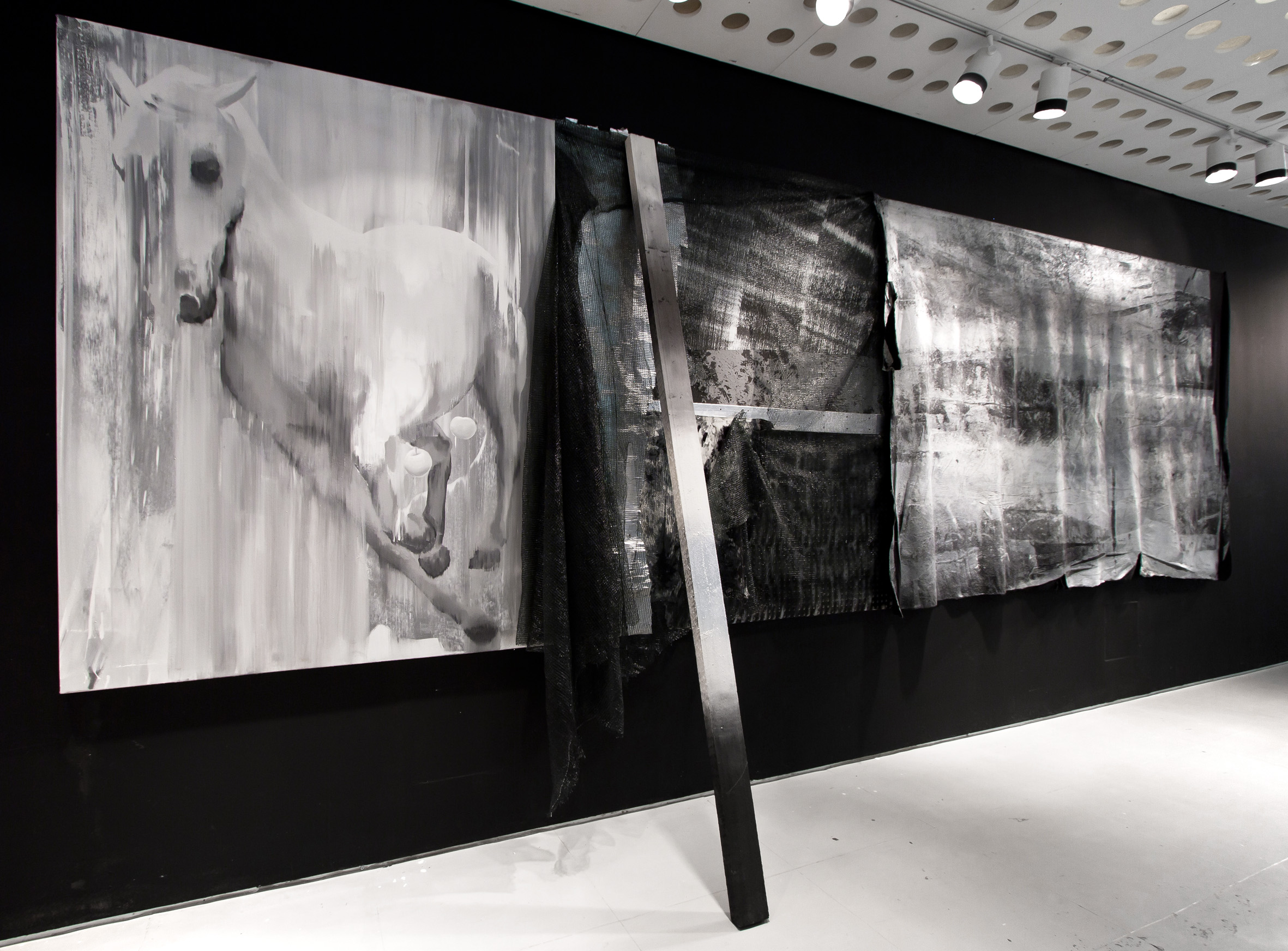
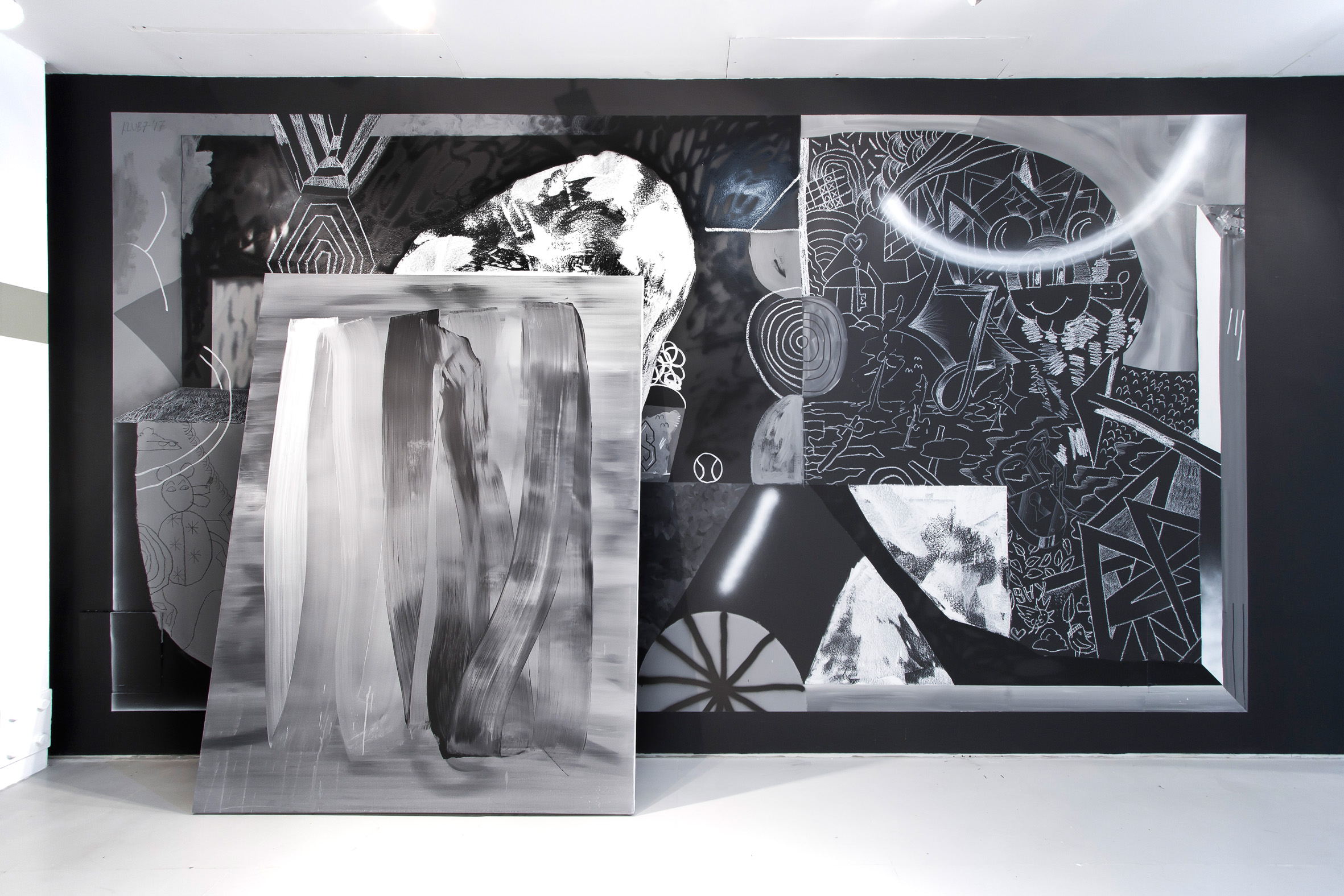
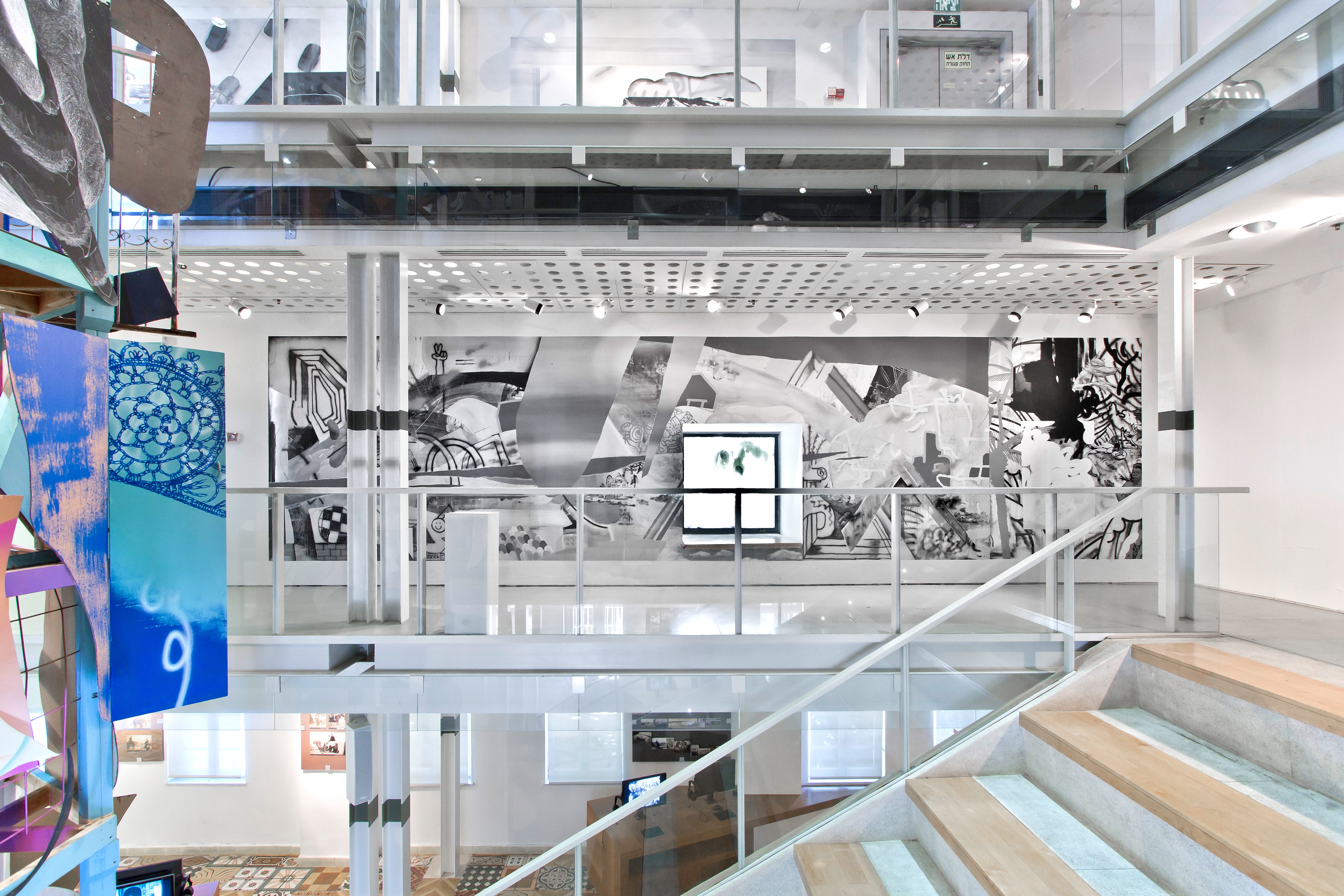

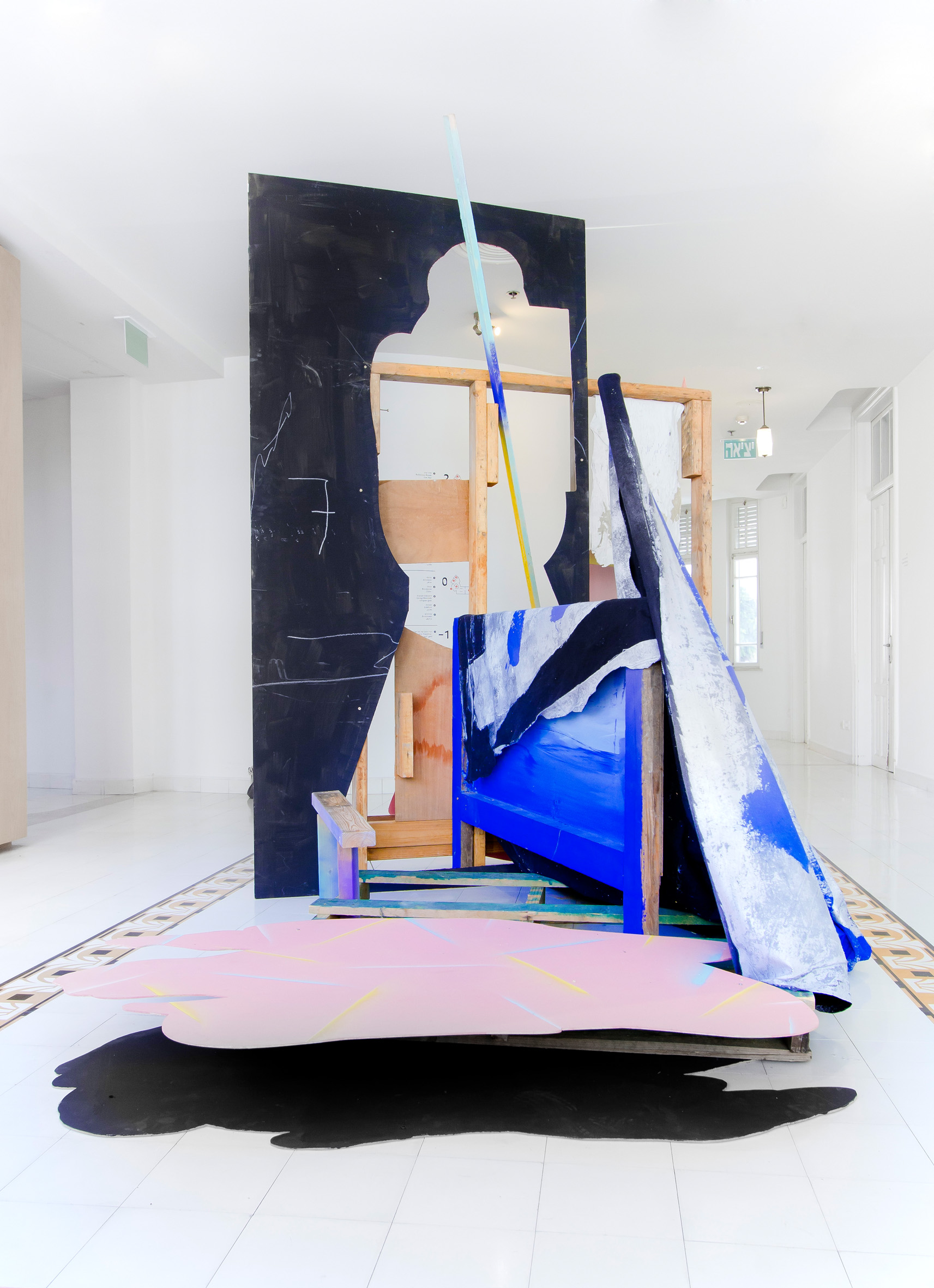



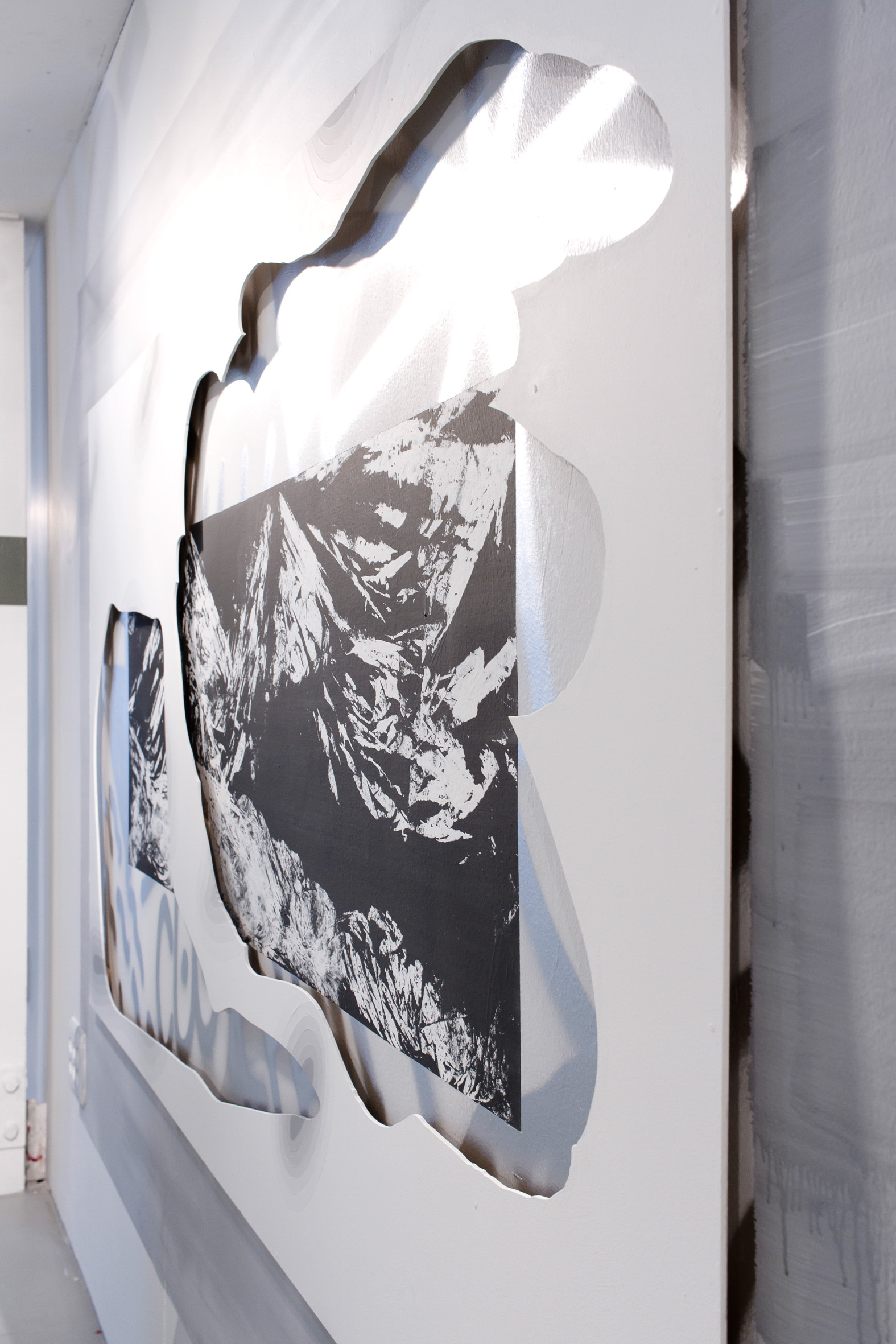
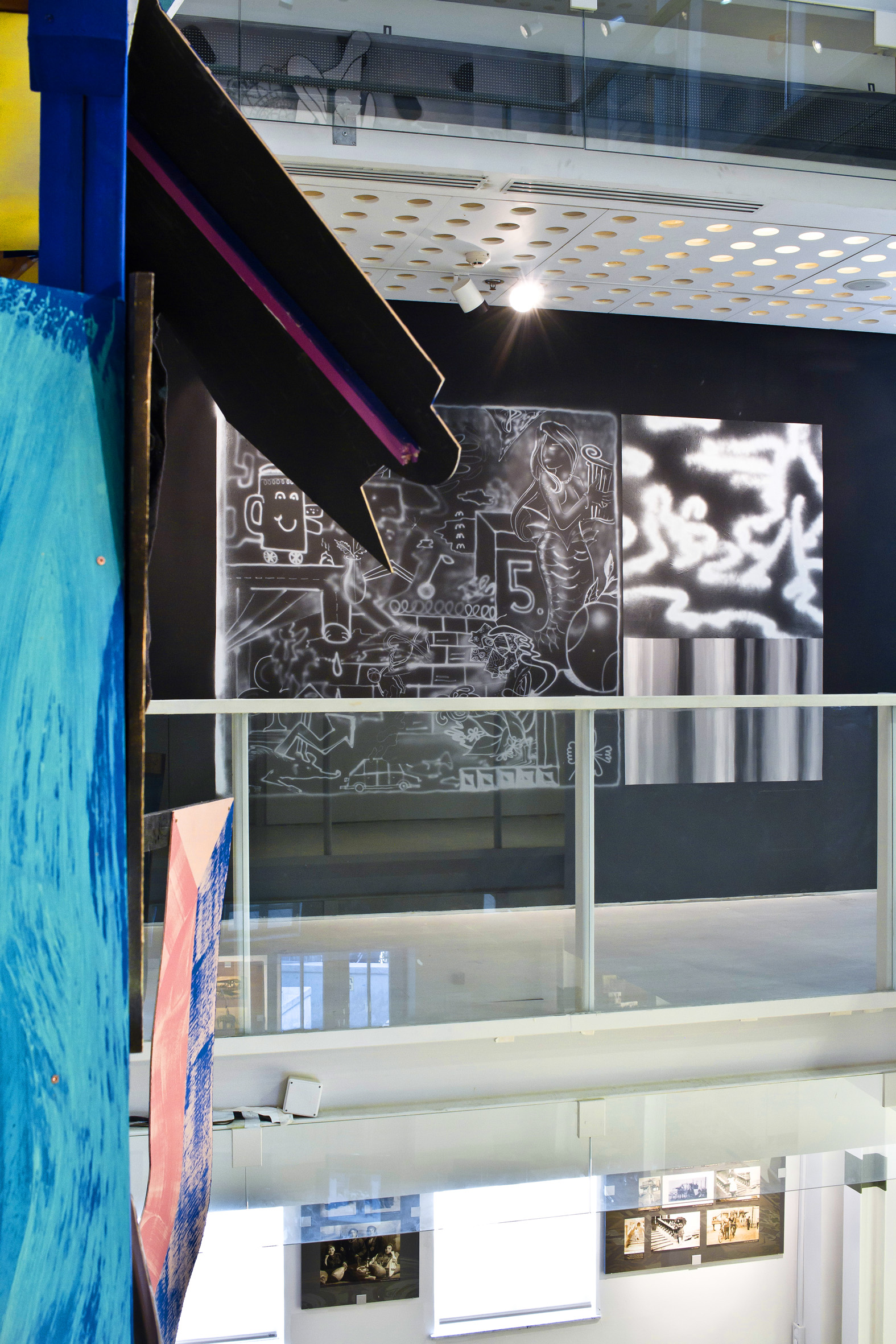
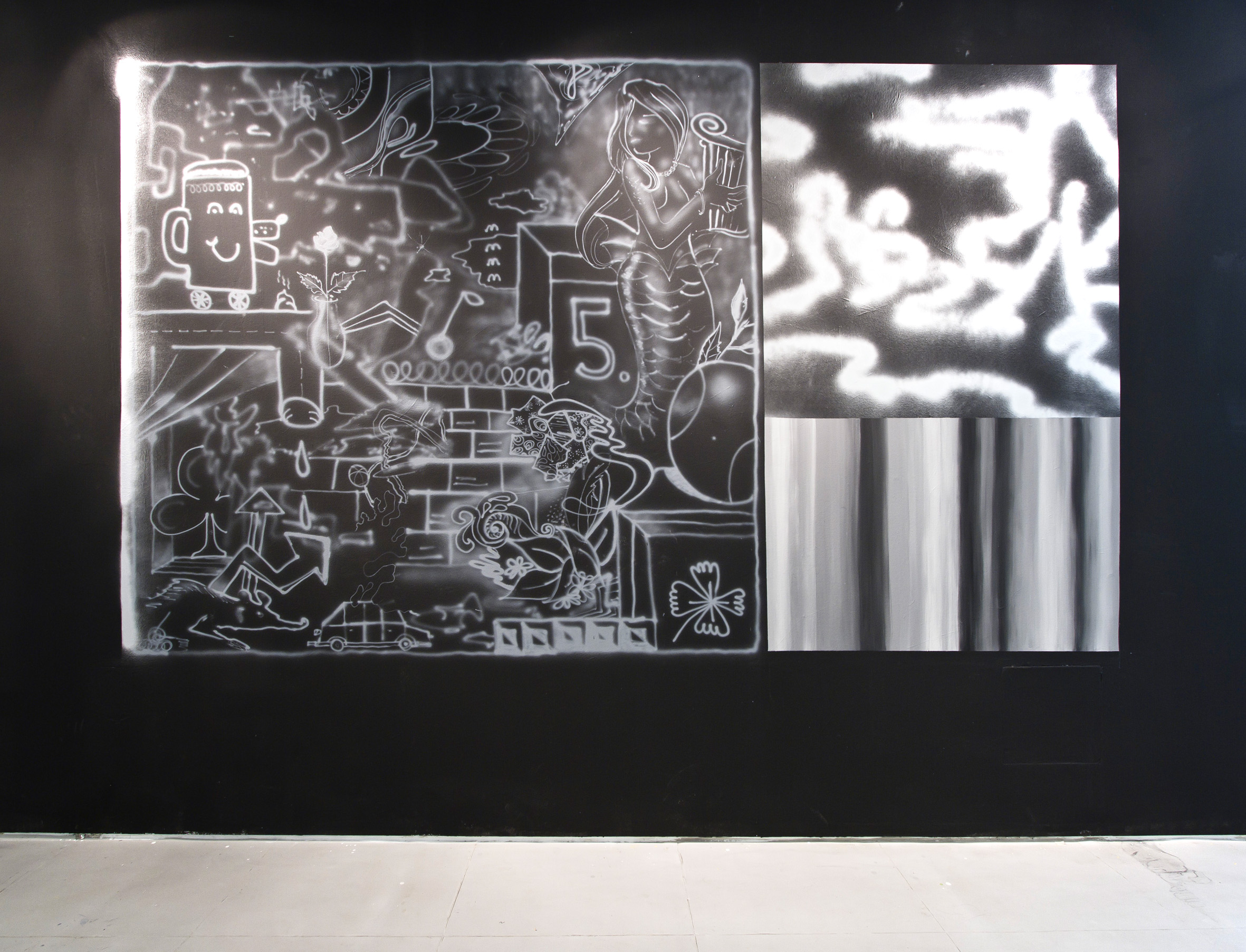
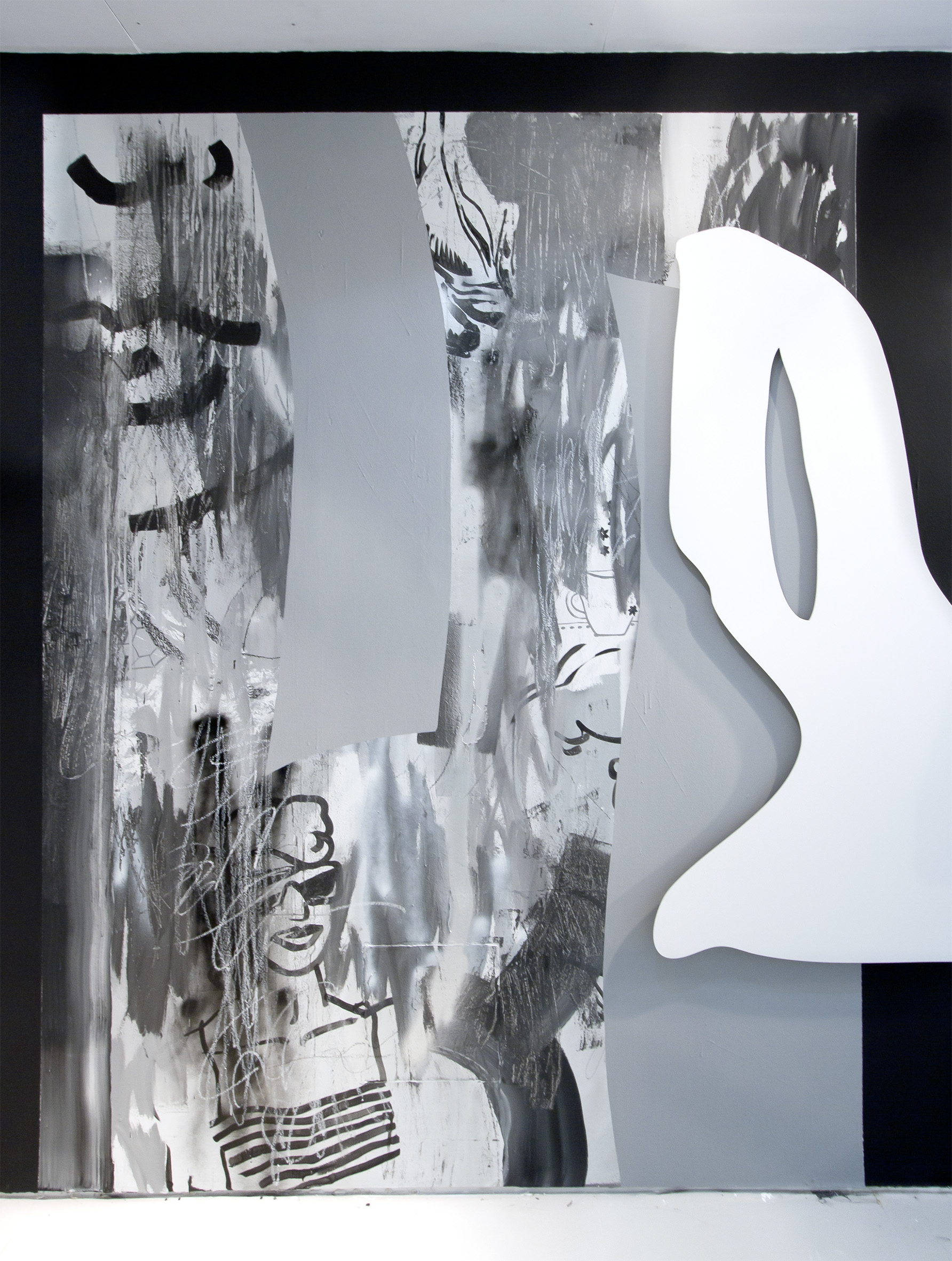



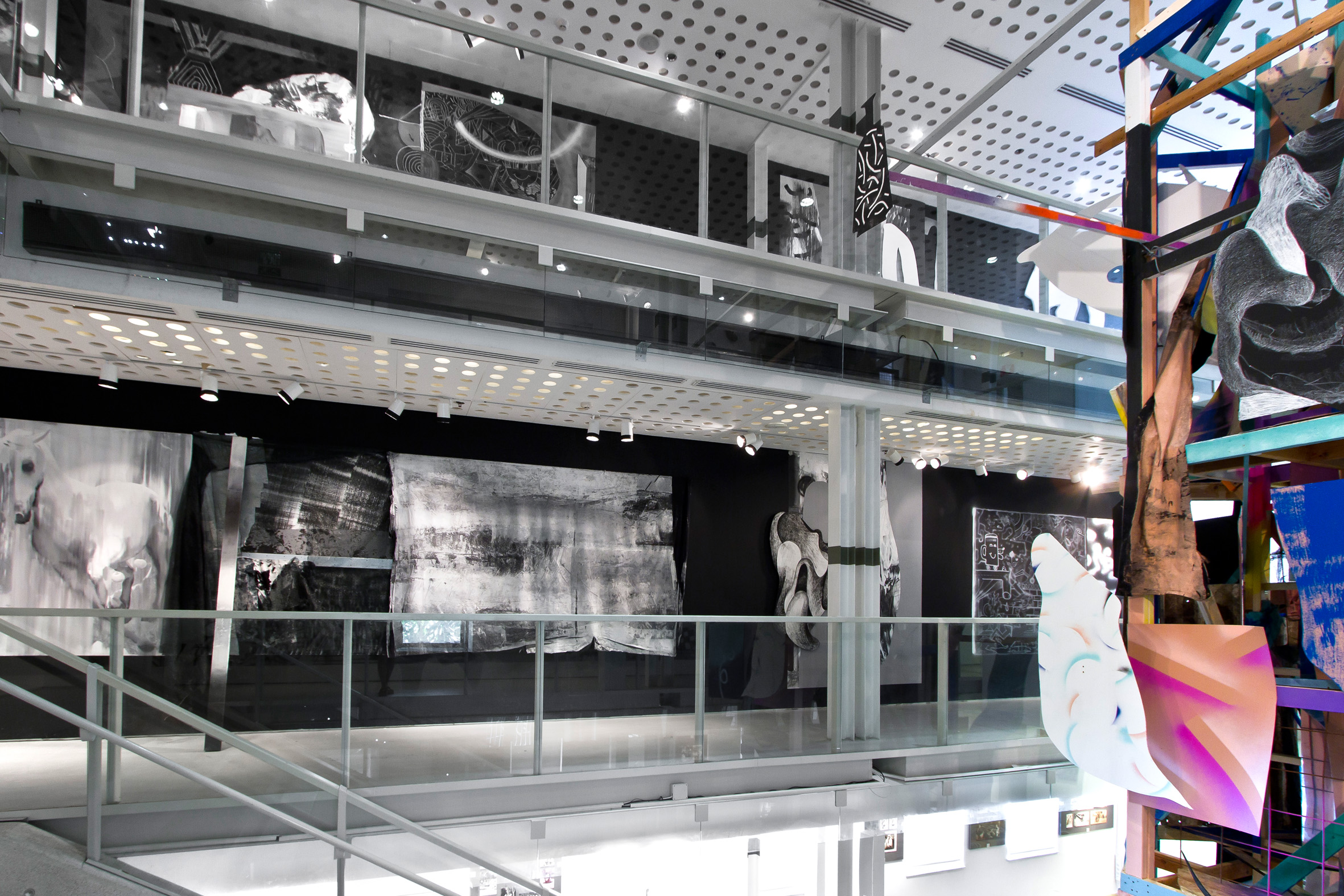
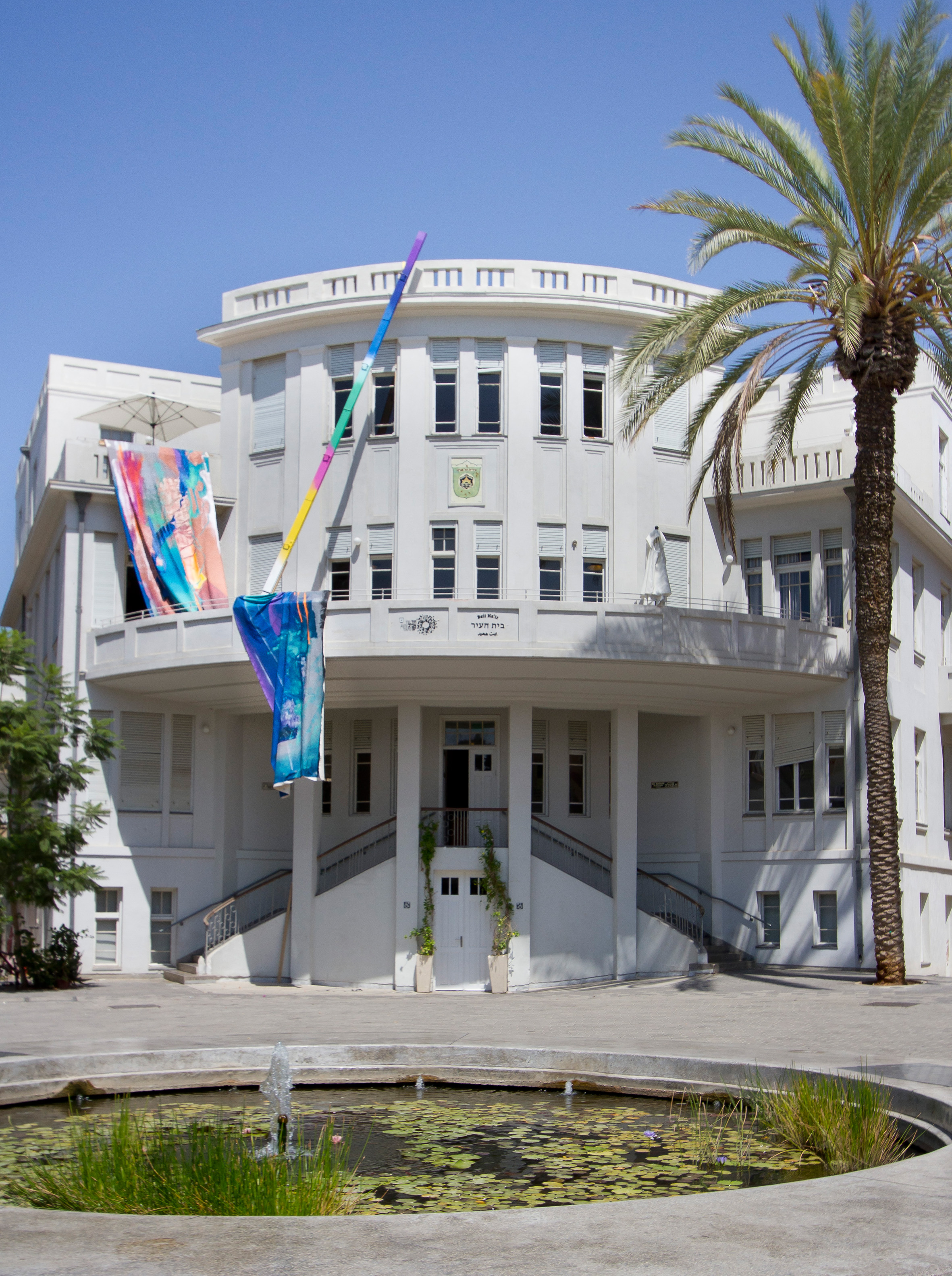
There exists a very unique KLUB7-perspective when traveling to new places: We are looking for our personal »sights«, which are mostly invisible for locals who walk by these spots every day. And while we are searching, we discover a social phenomenon which turns out to be the starting point of our artistic work.In Tel Aviv this phenomenon is very special and in-tense. In this city we are impressed by the clear shapes of the Bauhaus-architecture in contrast to the random constructions of objects, materials and garbage that people use or throw away on the basis of their daily life. This junk and its random combination, most of the people classify as trash, appear to be real beauties to us. They look like conscious creative output and com-positions full of tension and arising fusions. It could be a random combination, like a fancy fence built out of colored plastic, weathered cardboard, rusty metal and loose-hanging textiles. But it could also be old furni-ture like a chair with only three legs, an empty plant pot combined with a door with hebrew tags on it, a thrown transportation palette, a dry palm leave in front of a broken mirror and all that jazz ...These installations give us ideas for spontaneous, artistic additions with chalk, spray can or rearrange-ments of the random objects. Sometimes we think it is enough to leave those discovered constructions unchanged because it looks super authentic and fresh. Sometimes we add more found objects and an exciting synthesis happens.We like to read and understand the conditions of these street spots before working with them. And we like the re-processing of their existing images and settings. This is exactly where we come from, our roots are to work in and interact with the public space. We work like jazz musicians, interact spontaneously and sensitive with each other and concentrate our experience of the street spots with abstract samples. We call it sampling or re-mixing when we combine our six styles sym-biotically into something new. Most of the time our work interacts with the surrounding archi-tecture, like in the exhibition at the Beit Hai’r Museum. In this exhibition we built a huge installation made out of street samples and painted objects. The walls and the whole building were transformed into a complex and playful group work — a big assemblage of paintings, drawings on wood, paper, canvases, textiles and found objects from the streets.
